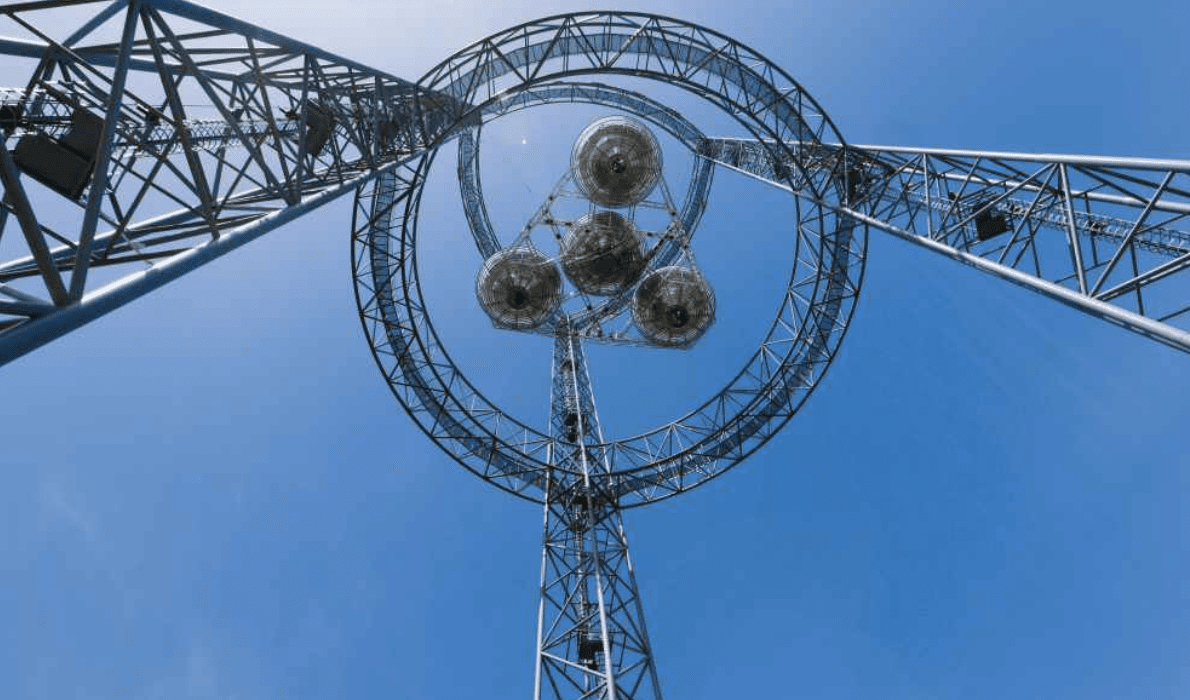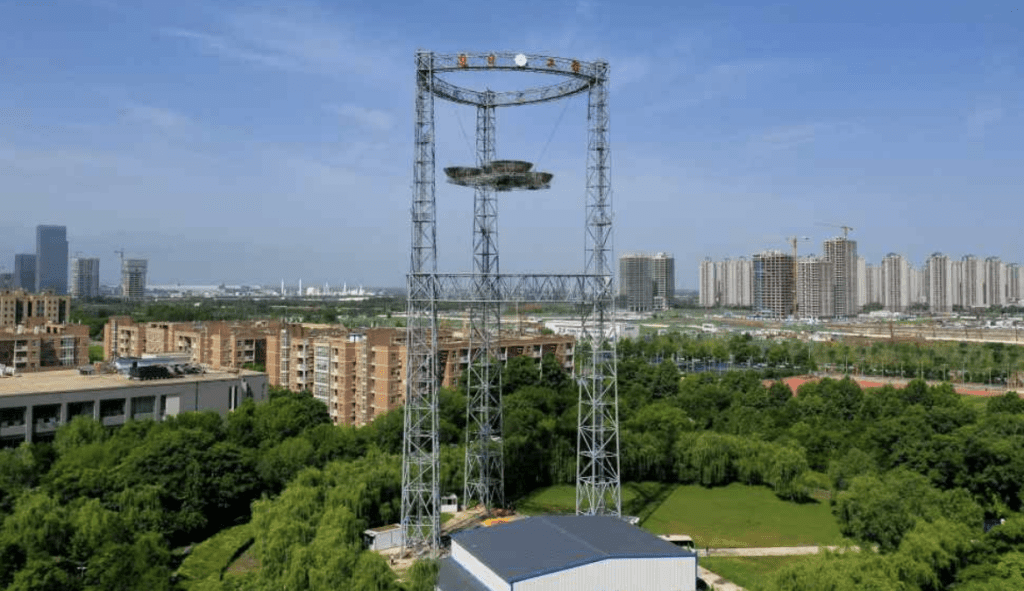China Group Announces Successful Test of Space-Based Solar Power
Credit to Author: Darrell Proctor| Date: Sun, 19 Jun 2022 17:16:00 +0000

A research team at Xidian University in China announced it has successfully tested technology that would enable a space-based solar power plant that could transmit energy to Earth, akin to similar technology earlier announced by NASA and studied by other groups over the past decade.
The “Daily Project” team, led by Duan Baoyan of Xidian University in Shaanxi province, released a statement on June 14 that said the group has set a target of 2028 to have a solar power plant in space. The project is part of OMEGA, or Orb-Shape Membrane Energy Gathering Array, a space-based proposal for solar power that was first announced in 2014. The research team at that time had set a 2030 goal for deployment of the system.
The research team in a news release said it recently conducted tests in front of several outside energy experts and academics, who verified the successful test on June 5.
The statement released Tuesday from the team said, “The world’s first full-link and full-system space solar power plant ground verification system successfully passed experts Group acceptance.” The group said, “This verification system has broken through and verified a number of key technologies such as high-efficiency light concentrating and photoelectric conversion, microwave conversion, microwave emission and waveform optimization, microwave beam pointing measurement and control, microwave reception and rectification, and smart mechanical structure design.”
Ongoing Research
“The research on space solar power plants is currently a hot spot in the world,” said Baoyan in a statement. The Xidian group noted previous and ongoing efforts in other countries around space-based solar power, including NASA’s SPS-ALPHA, or Solar Power Satellite via Arbitrarily Large Phased Array project. The U.S. space agency in announcing that project a decade ago said SPS-ALPHA is a “bio-mimetic approach to the challenge of space solar power,” that if successful “will make possible the construction of huge platforms from tens of thousands of small elements that can deliver remotely and affordably 10s to 1000s of megawatts using wireless power transmission to markets on Earth and missions in space.”
To learn more about space-based solar power, read “Space-Based Solar Power May Be Closer Than You Think” in the December 2021 issue of POWER.
Testing at Xidian has been done utilizing a 75-meter-high steel structure (Figure 1) built on the southern campus of the university. The structure includes five subsystems that monitor the solar power arrays, according to Gizmodo, a design, technology, and science website.
Officials at Xidian said the goal of the OMEGA project is to be set up in geostationary orbit, with the ability to store energy from the sun, which would then be converted to electrical energy that would be transmitted to Earth.

The model power station at Xidian works by capturing sunlight and converting it to microwave beams. It then transmits through the air to a ground-based receiver station, where it can be converted back to electricity. Though the model station is sending the beams only a distance of 55 meters, researchers think the technology can be expanded to send power from orbiting solar panels to Earth.
Solar power from space in part is designed to eliminate a limiting factor of the technology, as putting panels in space enables a solar array to evade cloudy conditions and the shadow of the Earth. Along with researchers in China and the U.S., other countries—including Japan, the UK, Russia, India, and France—are studying space-based solar arrays. The researchers at Xidian acknowledged that individual components of space-based solar power systems have been previously tested, but said their group is the first to successfully test a full-system model.
Japan’s Efforts
“At present, in the development roadmap of many technologically powerful countries, Japan has come from behind and has become one of the most cutting-edge researchers in the world,” the Xidian group said. “They were the first in the world to formally include space solar power plants in the national space program, and they also proposed a unique concept of distributed tethered solar power plants, and formulated a three-stage long-term development roadmap of ‘research-development-commercial.’ In 2015, Japanese researchers carried out a microwave wireless energy transfer experiment with a distance of 55 meters, and verified the transmission based on the 5.8 GHz frequency, solid-state source and phased array system, with a transmission efficiency of 9.88% … in terms of microwave wireless energy transmission technology temporarily leading the world.
“However, Japan’s test system is still not a full link, and lacks the process from light to electricity,” the group said. Baoyan said Japan’s “technical advantages are concentrated in the link from the transmitting antenna to the receiving antenna. While [with] Xidian, the ground verification system built is a full-link system-wide system, which realizes the complete process from tracking the sun, concentrating light, photoelectric conversion, microwave transmission to microwave reception and rectification.”
—Darrell Proctor is a senior associate editor for POWER (@POWERmagazine).
The post China Group Announces Successful Test of Space-Based Solar Power appeared first on POWER Magazine.